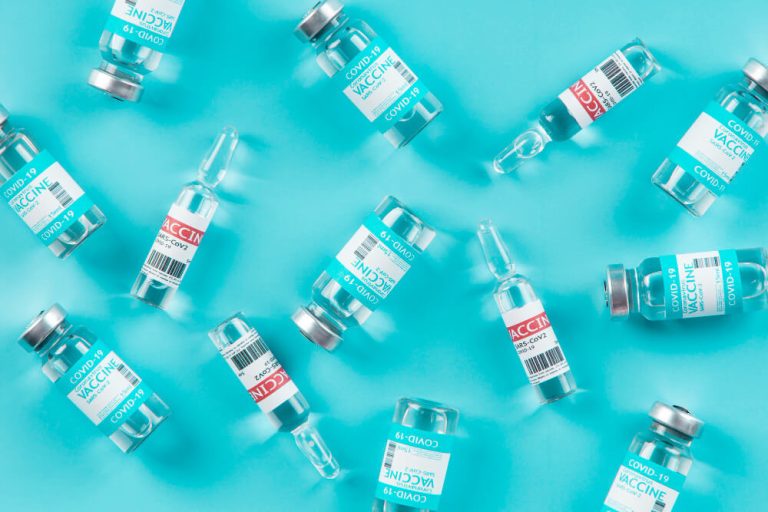Exosome Training: Unlocking the Future of Regenerative Medicine
Imagine a world where your body’s own communication system could be harnessed to repair, rejuvenate, and restore tissue. This isn’t science fiction; it’s the rapidly advancing field of regenerative medicine, and at its heart are tiny messengers called exosomes. These microscopic powerhouses are revolutionizing how we approach health, wellness, and aging, creating unprecedented opportunities for healing.
The growing interest in exosome therapy has created a critical need for education and standardization. As with any powerful new modality, the potential for incredible results is matched by the need for deep understanding and precise application. This is where specialized education becomes not just beneficial, but absolutely essential for any practitioner looking to lead in this space.
For healthcare professionals, medics, and clinic owners, mastering this technology is the next frontier in patient care. Comprehensive Exosome training provides the foundational knowledge and practical skills required to safely and effectively implement these cutting-edge treatments. It bridges the gap between exciting research and real-world clinical success, ensuring that practitioners are prepared for the future of medicine.

What Exactly Are Exosomes?
To appreciate the impact of exosome therapy, we first need to understand what these particles are and the fundamental role they play in our bodies. They are not cells, but something far more subtle and, in many ways, more elegant. They are the postal service of our cellular world, delivering critical packages of information from one cell to another.

How do cells communicate?
Our bodies are a complex society of trillions of cells, all working in concert. For this society to function, cells must constantly talk to each other. They send signals to coordinate growth, respond to injury, and maintain balance, a state known as homeostasis.
This communication happens through various means, including direct contact and the release of chemical signals. Exosomes represent a highly sophisticated form of this signaling. They are tiny extracellular vesicles, essentially small bubbles released by cells, that travel throughout the body to deliver specific instructions to recipient cells.

Where do exosomes come from?
Nearly every cell type in the human body produces and releases exosomes. This includes stem cells, immune cells, skin cells, and even neurons. The origin of an exosome is incredibly important because it determines the contents and the message it carries.
For instance, exosomes derived from mesenchymal stem cells (MSCs) are particularly rich in regenerative and anti-inflammatory signals. This is why MSC-derived exosomes are a major focus of therapeutic research and application. They carry the healing messages of stem cells without requiring the use of the cells themselves.
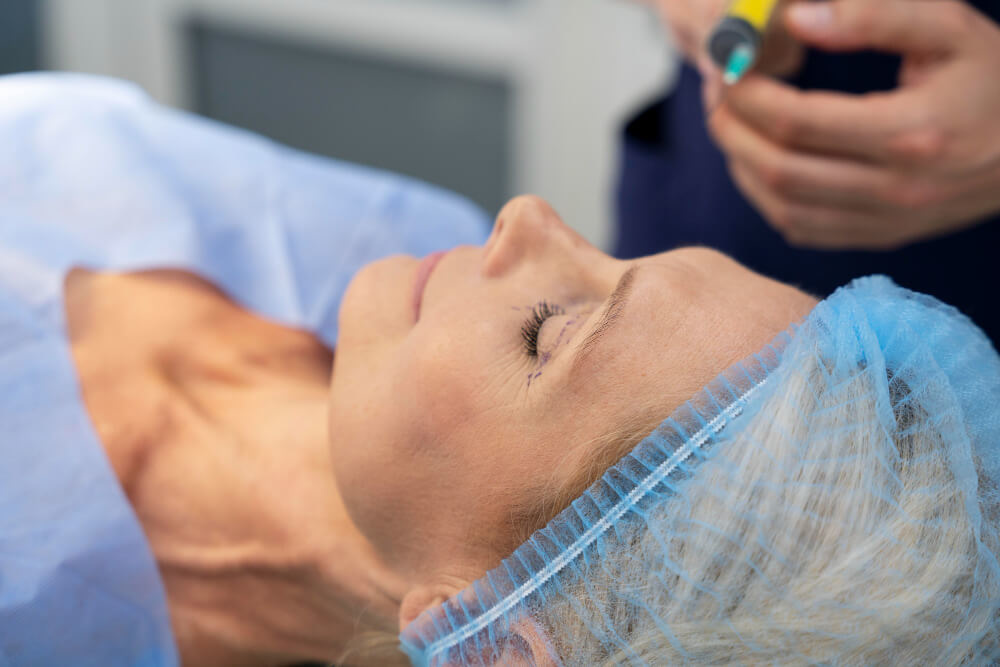
What is inside an exosome?
The true power of an exosome lies in its cargo. These vesicles are not empty; they are packed with a specific payload of bioactive molecules from their parent cell. This cargo includes proteins, lipids, and nucleic acids like messenger RNA (mRNA) and microRNA (miRNA).
When an exosome fuses with a target cell, it releases this cargo inside, effectively reprogramming the recipient cell’s behavior. An exosome from a young, healthy cell can transfer information that encourages an older or damaged cell to begin repairing itself, reducing inflammation, or producing beneficial proteins like collagen and elastin.
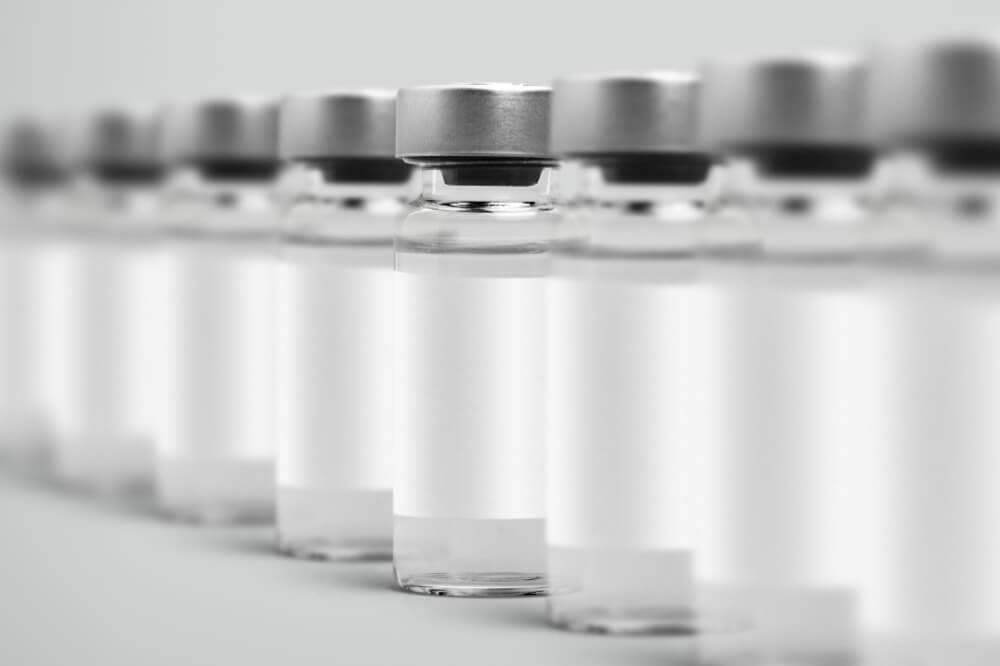
Why is There So Much Buzz Around Exosome Therapy?
The excitement surrounding exosomes stems from their unique ability to orchestrate healing and regeneration at a cellular level. They represent a shift from simply managing symptoms to actively promoting the body’s innate repair mechanisms. This has opened doors to new therapeutic strategies across numerous medical disciplines.

How do exosomes promote healing and regeneration?
Exosomes act as powerful modulators of the cellular environment. When introduced into an area of injury or degeneration, they can initiate a cascade of positive effects. Their miRNA content can silence inflammatory genes, effectively telling immune cells to calm down and switch from a destructive to a reparative mode.
Simultaneously, their growth factors and signaling proteins can stimulate local cells to proliferate and regenerate. In skin, this can mean increased collagen production for a more youthful appearance. In a joint, it can mean encouraging cartilage cells to repair damage and reduce the chronic inflammation that causes pain.
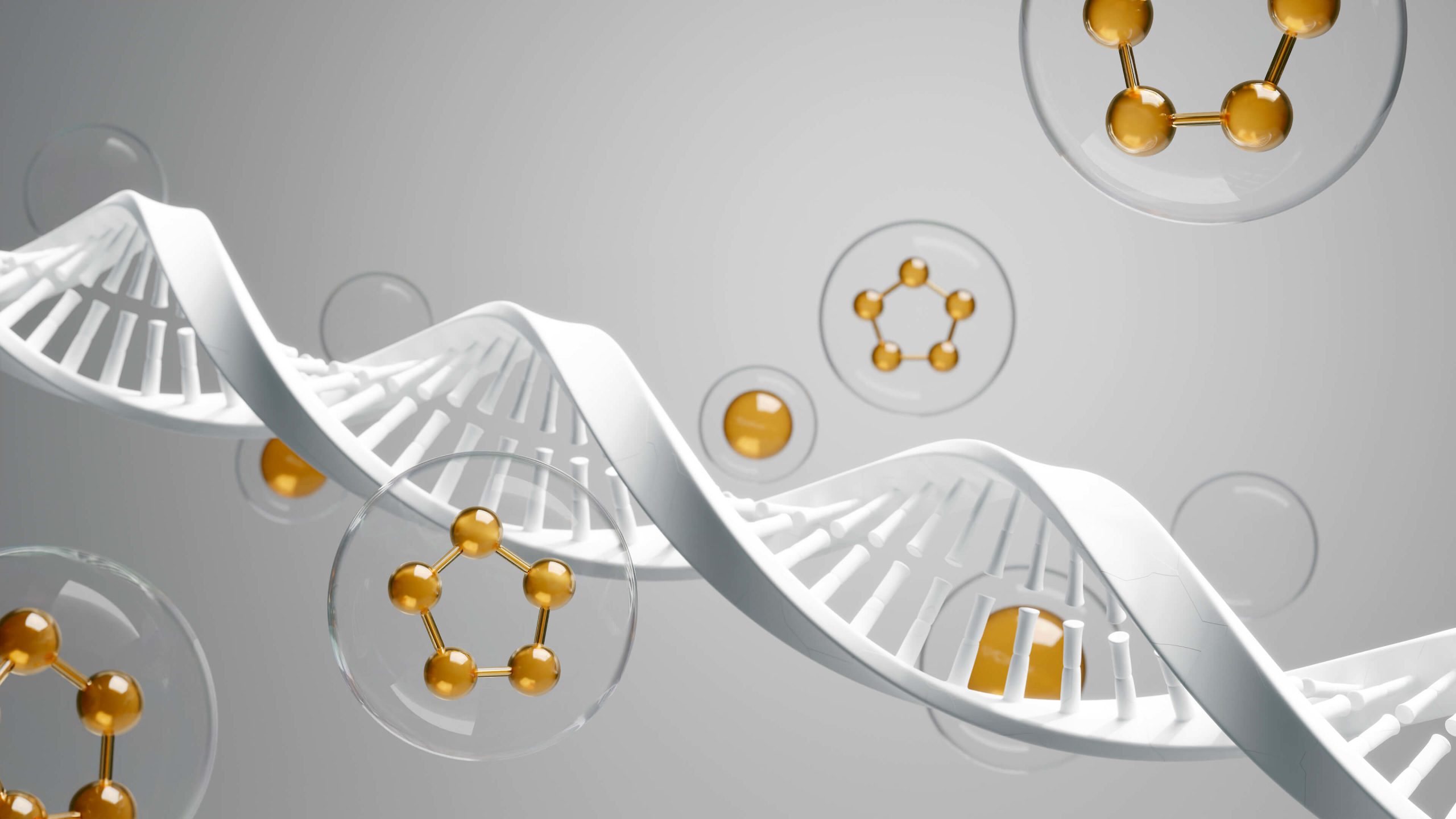
What are the potential applications in medicine?
The therapeutic potential of exosomes is vast and continues to expand as research progresses. In aesthetics and dermatology, exosome therapy is used for skin rejuvenation, reducing fine lines and wrinkles, minimizing scarring, and promoting hair growth in cases of alopecia.
In orthopedics and sports medicine, exosomes are being used to treat joint pain, soft tissue injuries, and degenerative conditions like osteoarthritis. By targeting inflammation and promoting tissue repair, they offer a promising alternative to more invasive procedures. The applications also extend into neurology, cardiology, and systemic anti-aging, with research exploring their role in a wide range of age-related conditions.

Are exosomes different from stem cell therapy?
This is a common and important question. While exosome therapy is related to stem cell science, it is distinct. Traditional stem cell therapy involves administering whole, live stem cells to a patient. These cells can then, in theory, differentiate into new tissue and release their own healing factors.
Exosome therapy, on the other hand, is a cell-free treatment. It uses only the signaling vesicles—the exosomes—that are harvested from stem cells grown in a lab. This approach has several key advantages. It eliminates the risks associated with administering live cells, such as rejection or unwanted cell growth. It also allows for a product that is stable, sterile, and can be precisely dosed, carrying the regenerative instructions of stem cells in a more controlled package.
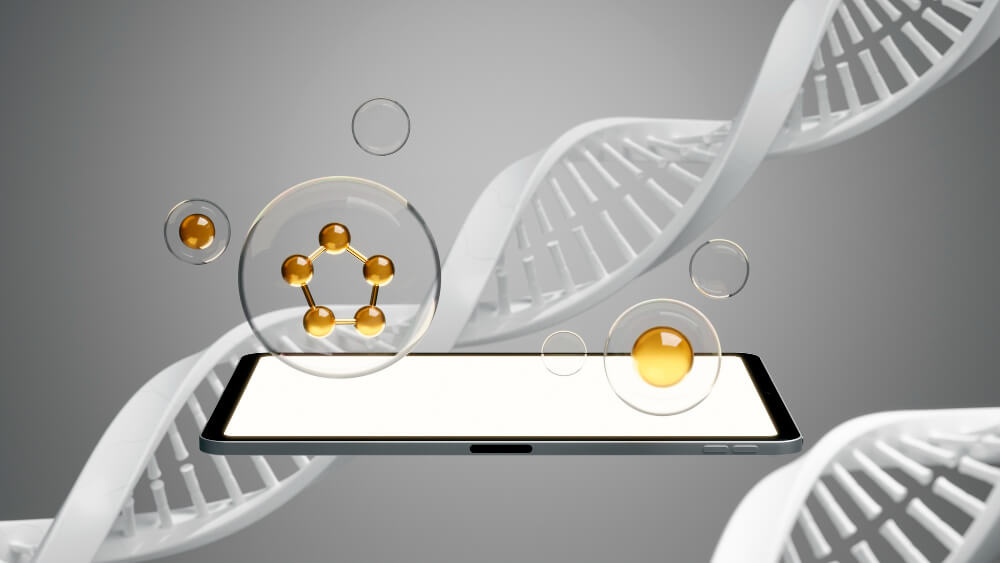
What Does Exosome Training Involve?
Given the complexity and power of this modality, professional training is not just a recommendation; it is a requirement for responsible practice. A comprehensive curriculum goes far beyond a simple ‘how-to’ guide, delving into the science, safety, and strategy needed for clinical success.

Who is exosome training for?
Exosome training is designed for a range of licensed healthcare professionals who are looking to be at the forefront of regenerative medicine. This includes medical doctors (MDs), doctors of osteopathic medicine (DOs), nurse practitioners (NPs), physician assistants (PAs), registered nurses (RNs), and naturopathic doctors (NDs).
Clinic owners and practice managers also benefit immensely, as the training provides the necessary framework for successful integration, marketing, and patient management. It ensures the entire team, from the clinician to the front desk, understands the value and specifics of the treatments being offered.

What foundational science is covered?
A quality training program begins with a deep dive into the underlying biology. Practitioners must understand exosome biogenesis, which is how cells create and release exosomes. They learn about the different types of cargo and how these molecules influence recipient cells on a genetic and functional level.
This foundational knowledge is critical for making informed clinical decisions. It helps a practitioner understand why a certain type of exosome is chosen for a specific condition and how to explain the mechanism of action to patients. The process of studying exosomes and extracellular vesicles requires specialized knowledge and equipment to ensure purity and potency.
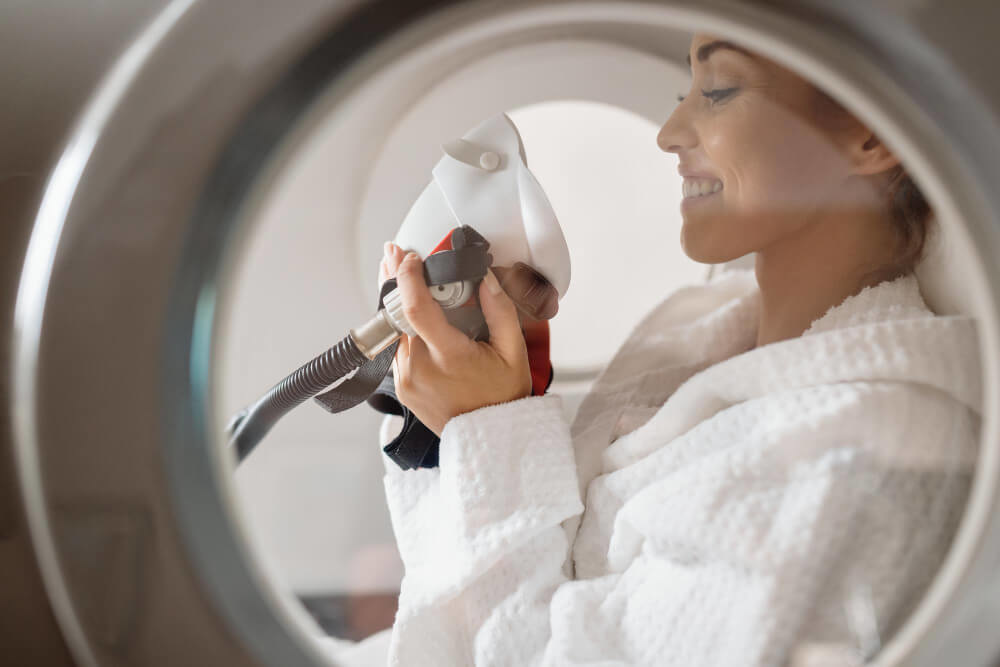
How is the sourcing and handling of exosomes taught?
This is perhaps one of the most critical components of any training program. The safety and efficacy of an exosome treatment depend entirely on the quality of the product used. Practitioners learn about the different sources for therapeutic exosomes, most commonly mesenchymal stem cells derived from umbilical cord tissue that has been ethically donated.
Training covers the stringent laboratory standards required for exosome isolation and purification. It teaches clinicians how to evaluate a supplier, what certifications to look for (like cGMP compliance), and how to read a certificate of analysis to verify the product’s purity, concentration, and safety. A deep understanding of sourcing and vetting medical-grade exosome suppliers is a non-negotiable skill for any serious practitioner in this field.
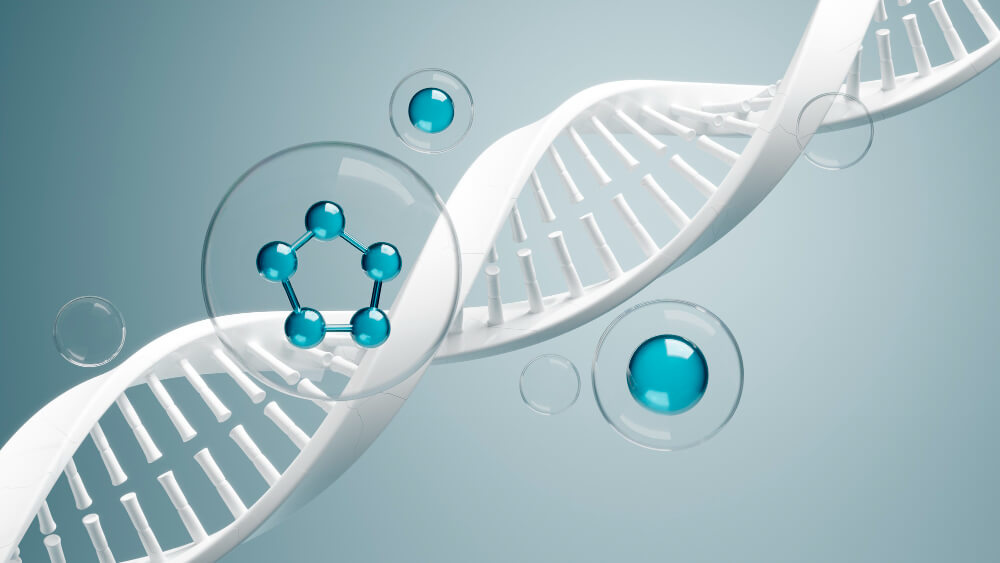
What are the different types of exosome products?
Practitioners learn that not all exosome products are created equal. The source of the exosomes dictates their signaling cargo and, therefore, their therapeutic effect. Training programs detail the characteristics of exosomes derived from different sources, such as bone marrow, adipose tissue, and the gold standard, Wharton’s jelly from the umbilical cord.
Furthermore, education covers the importance of product formulation. This includes understanding the concentration of exosomes per milliliter, the suspension liquid used, and whether the product is lyophilized (freeze-dried) or frozen. These factors affect storage, handling, and ultimately, the clinical outcome. Sophisticated tools are often used in the life science field for cell analysis of exosomes to ensure product quality.
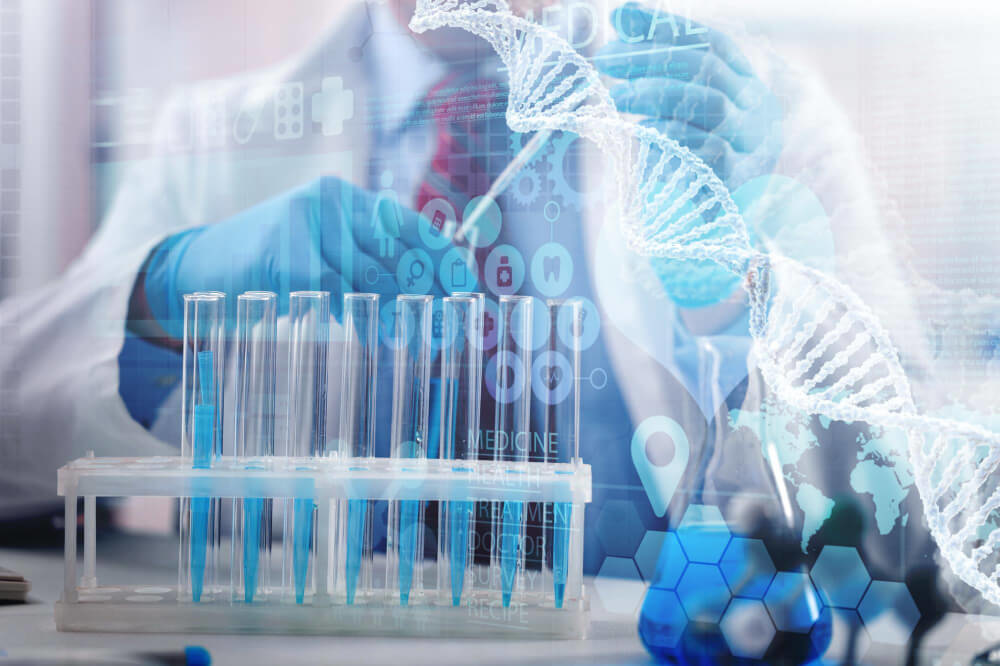
What clinical protocols and applications are learned?
Scientific knowledge must be translated into practical, clinical action. Robust training provides evidence-based protocols for a variety of applications. This includes specific guidelines for aesthetic treatments, such as microneedling with exosomes for facial rejuvenation or scalp injections for hair restoration.
For orthopedic applications, training covers protocols for intra-articular injections for joint pain and inflammation. Crucially, these protocols include patient selection criteria, appropriate dosing strategies, administration techniques, and the management of patient expectations. Practitioners learn not just what to do, but who is a good candidate for the therapy and what realistic outcomes look like.

Why is Proper Training Non-Negotiable?
In a field as new and exciting as exosome therapy, the temptation can be to jump in without a complete understanding. However, the nuances of this treatment make proper, in-depth training an absolute necessity for patient safety, clinical efficacy, and the long-term success of a practice.

What are the risks of untrained application?
Applying exosome therapy without formal training introduces significant risks. An untrained practitioner may use a product from an unvetted source, potentially introducing contaminants or an ineffective product to the patient. They may use incorrect dosages or administration techniques, leading to suboptimal results or adverse reactions.
Furthermore, a lack of deep knowledge can lead to poor patient selection, offering the therapy to individuals who are not good candidates or setting unrealistic expectations that damage the patient’s trust and the practice’s reputation. Beyond the clinical risks, there are legal and regulatory considerations that, if ignored, can have serious consequences.

How does training ensure patient safety and efficacy?
Professional training mitigates these risks by creating a foundation of safety and standardization. It equips the practitioner with a systematic approach to patient evaluation, ensuring that contraindications are identified and only suitable candidates are treated. It provides standardized protocols that have been developed based on scientific evidence and clinical experience.
This ensures that every patient receives a treatment that is not only safe but also optimized for the best possible outcome. Efficacy is not just about the product; it’s about the entire process, from initial consultation and product selection to precise application and post-treatment care. Training covers every step of this journey.
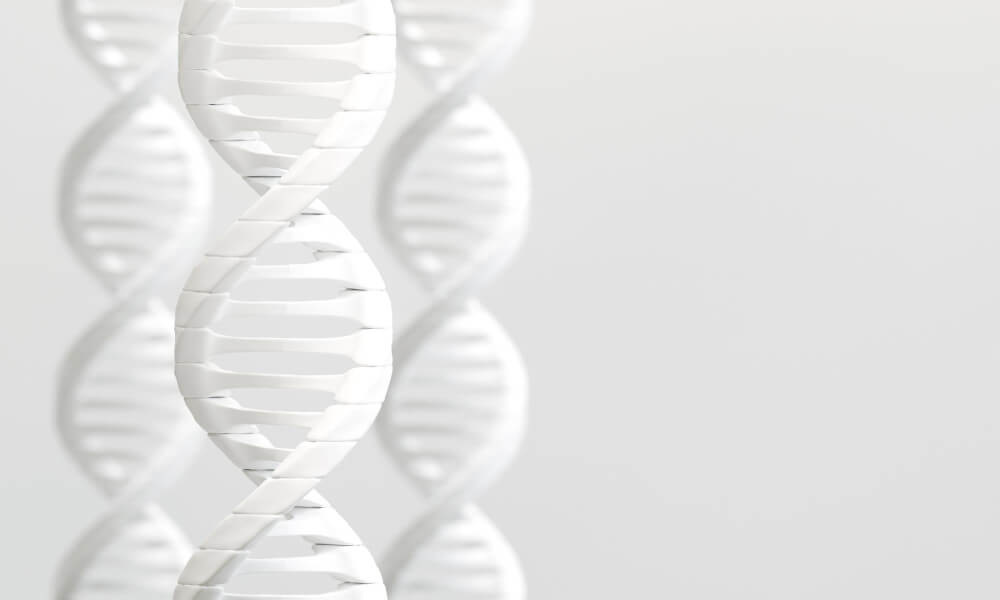
What does it take to integrate exosome treatments into a practice?
Successfully adding a new service line is about more than just learning the clinical procedure. It involves a strategic approach to business integration. This is another area where comprehensive training provides immense value. Practitioners learn the practical steps needed to bring this therapy into their clinic smoothly.
This includes guidance on pricing structures, patient marketing, and informed consent procedures. Training helps a clinic navigate the logistics of ordering and storing products correctly. For any clinic owner, understanding how to add exosome treatments to a medical practice is a key step in transforming their service offerings and meeting growing patient demand for regenerative solutions.

How Do Exosomes Fit into the Broader Longevity Field?
Exosome therapy is not a standalone miracle cure. It is a powerful tool within the larger, integrated ecosystem of functional and longevity medicine. Its true potential is often realized when it is thoughtfully combined with other modalities that support health at a foundational level.
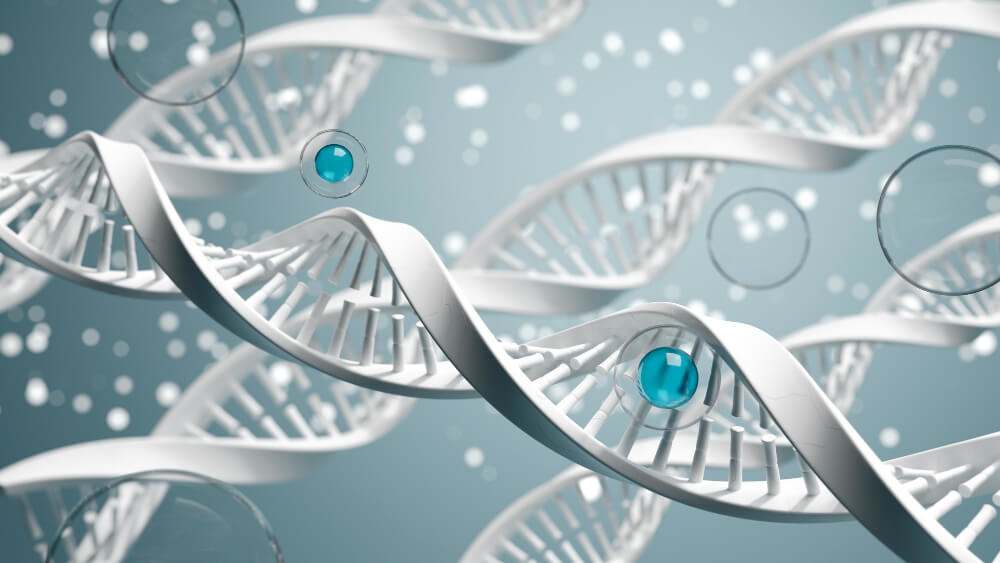
Can exosomes be combined with other therapies?
Absolutely. In fact, exosomes often work synergistically with other treatments. A practitioner trained in functional medicine might prepare a patient for exosome therapy by first optimizing their nutrition, gut health, and detoxification pathways. This creates a healthier internal environment where the exosomes can exert their effects more powerfully.
For example, therapies that enhance cellular energy and repair are excellent complements. Many forward-thinking clinics are finding great success by combining exosome treatments with other powerful interventions. The knowledge of integrating NAD therapy into a functional or longevity practice provides a perfect example of how combining cellular-level treatments can produce superior patient outcomes.

What does the future of exosome research look like?
The field of exosome research is exploding with new discoveries. Scientists are exploring their use as highly specific drug delivery systems, loading them with targeted medications to treat diseases with fewer side effects. There is also immense interest in their diagnostic potential, using exosomes isolated from blood as a ‘liquid biopsy’ to detect diseases like cancer at very early stages.
Academic and scientific communities are dedicating significant resources to this area. Publications like the Exosomes and Microvesicles journal are filled with groundbreaking studies that are constantly pushing the boundaries of what’s possible. Furthermore, dedicated research initiatives, like the special issues on exosome cells from leading journals, highlight the intense focus from top scientists around the globe. This ongoing research promises even more sophisticated and targeted applications in the years to come.
Exosomes represent a paradigm shift in medicine, moving us toward a future where we can harness the body’s own intelligence to heal and regenerate. For practitioners, this is a call to action—a chance to be part of a medical revolution. But with great power comes great responsibility.
Proper, in-depth training is the bridge to that future. It is the key that unlocks the full potential of exosome therapy, ensuring that it is delivered safely, effectively, and ethically. By investing in education, practitioners not only elevate their own skills but also contribute to the integrity and advancement of the entire field of regenerative medicine.
Frequently Asked Questions

How does exosome therapy differ from other regenerative treatments like PRP or stem cell therapy?
Exosome therapy is distinct because it is a "cell-free" treatment, meaning it uses only the microscopic vesicles that cells release for communication, not the cells themselves. These exosomes are powerful messengers that carry proteins and genetic information to target cells, instructing them to begin repair and reduce inflammation. In contrast, Platelet-Rich Plasma (PRP) therapy uses a concentration of a patient’s own platelets, while stem cell therapy involves transplanting whole cells to promote regeneration.
This acellular nature provides a key advantage, as exosomes can be sourced from rigorously screened and purified donor tissues, ensuring a consistent and high-potency product. The quality and effectiveness of PRP or a patient’s own stem cells can vary significantly based on the individual’s age and health. Therefore, exosome therapy offers a more targeted and predictable method for orchestrating the body’s natural healing processes.

What is the recovery process like after an exosome injection for joint pain?
Following an exosome injection, most patients experience minimal downtime and can return to normal daily activities almost immediately. It is common to have some mild soreness, redness, or swelling at the injection site for a day or two, which typically resolves on its own. Clinicians usually advise patients to avoid strenuous exercise and anti-inflammatory medications for a brief period to avoid interfering with the regenerative signaling process.
Unlike corticosteroid injections that provide rapid but temporary relief, the benefits of exosome therapy appear gradually as the body regenerates tissue. Patients may start to notice a reduction in pain and an improvement in function within a few weeks of the procedure. The full effects often become apparent over two to three months as the healing cascade progresses and damaged tissues are repaired.

Are there any long-term risks or side effects associated with exosome therapy?
Current clinical evidence suggests that exosome therapy has a very strong safety profile with minimal long-term risks. Because the therapy uses acellular products that are carefully purified and screened for any pathogens, the risk of an adverse immune response or disease transmission is considered extremely low. The immediate side effects are typically minor and localized to the injection site, such as temporary soreness or swelling.
The primary consideration for long-term safety is the source and quality of the exosome product. Reputable providers use exosomes derived from perinatal sources, such as mesenchymal stem cells from donated umbilical cords, which are obtained under strict ethical and safety standards. These young, healthy signaling molecules are less likely to have age-related defects, ensuring a safe and effective foundation for promoting tissue repair and pain relief.
Discover the most comprehensive functional medicine training, longevity training, and biohacking certification programs designed specifically for healthcare professionals, medics, and clinic owners who want to master regenerative medicine protocols and anti-aging therapies.






